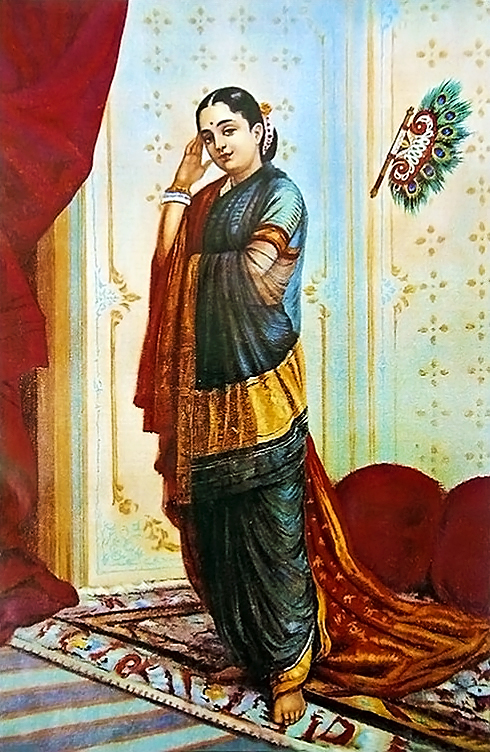Mrichchakatika by Sudraka is one of the oldest known Sanskrit plays. It is a ten Act Sanskrit Drama which was written in 5th century CE. This play is completely based on Sudraka’s imagination and doesn’t take any help from the epics. It is regarded as a Prakarana, because it is based on a fictional story based on situations from ordinary life. This play is also known as ‘The Little Clay Cart’. In the ancient times, there were two kinds of plays- Nataka and Prakarana. Nataka was based on stories extracted from the mythology and epics, whereas Prakaranas were completely based on the author’s imaginary mind.
The story of a Prakarana is expected to be fictional, where the main theme is love. The nayaka or the hero of the play must be a noble Brahmana, or a minister or merchant. The nayika or the heroine of a Prakarana can be the wife of the hero or sometimes a courtesan. Other characters such as a friend of the hero, gambler, thief etc can also be found in Prakaranas. Mrichchakatika is a perfect example of a Prakarana. In this play, the hero is Charudatta, who is a noble and pious Brahmana. The heroine is a courtesan named Vasantasena, who is deeply in love with the hero Charudatta. The main plot of this play is the love between the two protagonists.
In Mrichchakatika, there are two plots. The main plot is the romance of Charudatta and Vasantasena. The sub-plot that this play contains is of a rebel called Aryaka, who is planning a revolt against the king. There are several other characters in the play, like a friend of the nayaka; a thief; a villain etc. Therefore, this play complies with most of the characteristics of an ideal Prakarana.

Even though Mrichchakatika is widely regarded as a Prakarana, there are some critics who believe that it doesn’t follow all the rules of Prakarana. In the book ‘Dasarupaka’ by Dhananjaya, it is mentioned that in a Prakarana, the ‘Nayaka’ or the hero must show his presence in every scene of the play. However, in Mrichchakatika that is not the case. Charudatta doesn’t appear in each and every scene of the play. Again, it is also mentioned that the wife of the hero should never appear with the courtesan together on the stage. However, in Mrichchakatika, we can see that the wife of Charudatta and the courtesan Vasantasena appear together on the stage multiple times. Therefore, some literary critics have objected on the idea of considering Mrichchakatika as a Prakarana.
Even though, there are some variations from the original definition of Prakarana, Mrichchakatika can still be considered as a Prakarana, because it follows most of the characteristics. Therefore, we can still regard this play as a Prakarana.